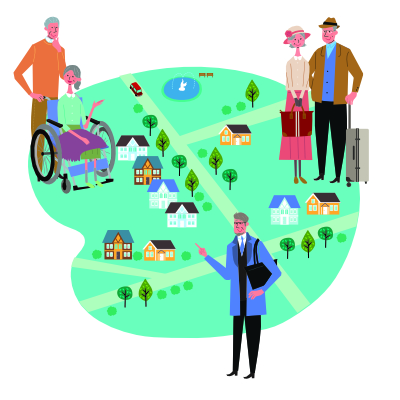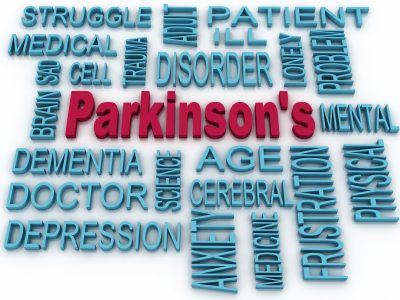 Aging isn’t just for old people – we are all connected. As the world ages at break-neck speed, how well are we preparing future generations to live in an aging world? Are we treating the very young and very old in our society as bookends simply in place to hold our “middle” years in place?
Aging isn’t just for old people – we are all connected. As the world ages at break-neck speed, how well are we preparing future generations to live in an aging world? Are we treating the very young and very old in our society as bookends simply in place to hold our “middle” years in place?
These are certainly global questions with no easy answers, but for those of us in the aging sphere, these questions merit deep contemplation.
Researchers have studied the most successful aging societies and found that those who intentionally focus on intergenerational unification are the healthiest. Certainly, the core of preparing future generations for an aging world must encompass the notion that in order to connect with an aging person, we must first understand them.
What can we do to facilitate understanding and reduce ageism for future generations? We must educate younger generations. What happens as we grow old? Aging changes our senses, our physical abilities, and appearance. What is most disturbing to young people, and often what they fear most, are when old people no longer have their cognitive capacities intact. Because they don’t understand what is happening, their first reaction is often fight or flight.
We are all connected – not just as families, but as neighbors, faith communities, co-workers, and social circles. As we age, those circles tend to get smaller, and far too often that excludes other generations, and instead of bridging the gap, it widens. We rob our young people of experiencing the wisdom and love that older generations provide, and we rob our older generation of the joy and playfulness of youth. No one wins and society becomes increasingly segregated, thus the bookend analogy.
We have opportunities to intentionally change this trajectory by lessening fear, creating mission-based intergenerational opportunities and allowing young people to experience what it’s like to age, so they gain an early understanding that aging is a part of life.
I love Rosalyn Carter’s quote…”There are only four kinds of people in the world: those who have been caregivers, those who are currently caregivers, those who will be caregivers, and those who will need caregivers.” If we embrace the reality of our aging world in this perspective, does it not make sense to begin early with our children to embrace the journey of aging without fear but with understanding and care?
Let’s do more to bring intergenerational aging education to our communities. With it, we will all be better citizens and will create a world where bookends don’t exist.
Pam Brandon is President and Founder of AGE-u-cate® Training Institute and a passionate advocate for older adults and those who serve them. Pam is the creator of the Dementia Live® program, helping thousands around the world to better understand sensory change and cognitive impairment.
 The number of older people is rising dramatically, particularly those in the 85 years and above age group. Because the likelihood of developing dementia increases with age, reaching a one in 3 chance by the time a person reaches 85, we must turn our attention to eldercare, age-friendly initiatives to be that of dementia-friendly initiatives. Let’s look at what research tells us about how our neighborhoods can be transformed to age-friendly, dementia-friendly places for people to live as they grow older.
The number of older people is rising dramatically, particularly those in the 85 years and above age group. Because the likelihood of developing dementia increases with age, reaching a one in 3 chance by the time a person reaches 85, we must turn our attention to eldercare, age-friendly initiatives to be that of dementia-friendly initiatives. Let’s look at what research tells us about how our neighborhoods can be transformed to age-friendly, dementia-friendly places for people to live as they grow older. Eldercare is becoming more about caring for those with dementia. Because our fastest growing segment of the population are those 85 and older, it correlates with the rise in people living with dementia. In fact, one in three people age 85 and older are living with some level of dementia. There are over 1 million Americans living with Parkinson’s Disease and over 10 million worldwide. This number is also rising with the increase in longevity.
Eldercare is becoming more about caring for those with dementia. Because our fastest growing segment of the population are those 85 and older, it correlates with the rise in people living with dementia. In fact, one in three people age 85 and older are living with some level of dementia. There are over 1 million Americans living with Parkinson’s Disease and over 10 million worldwide. This number is also rising with the increase in longevity.